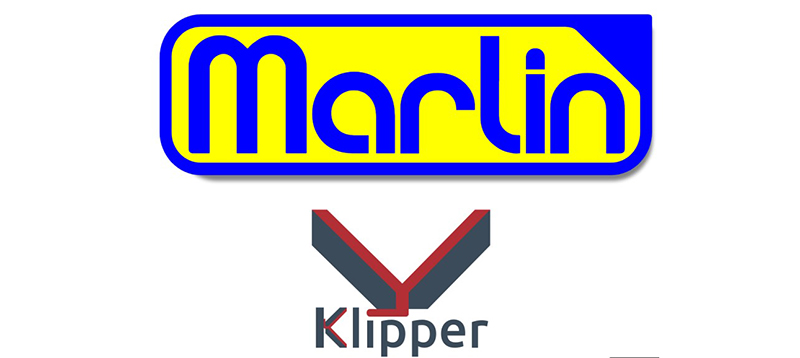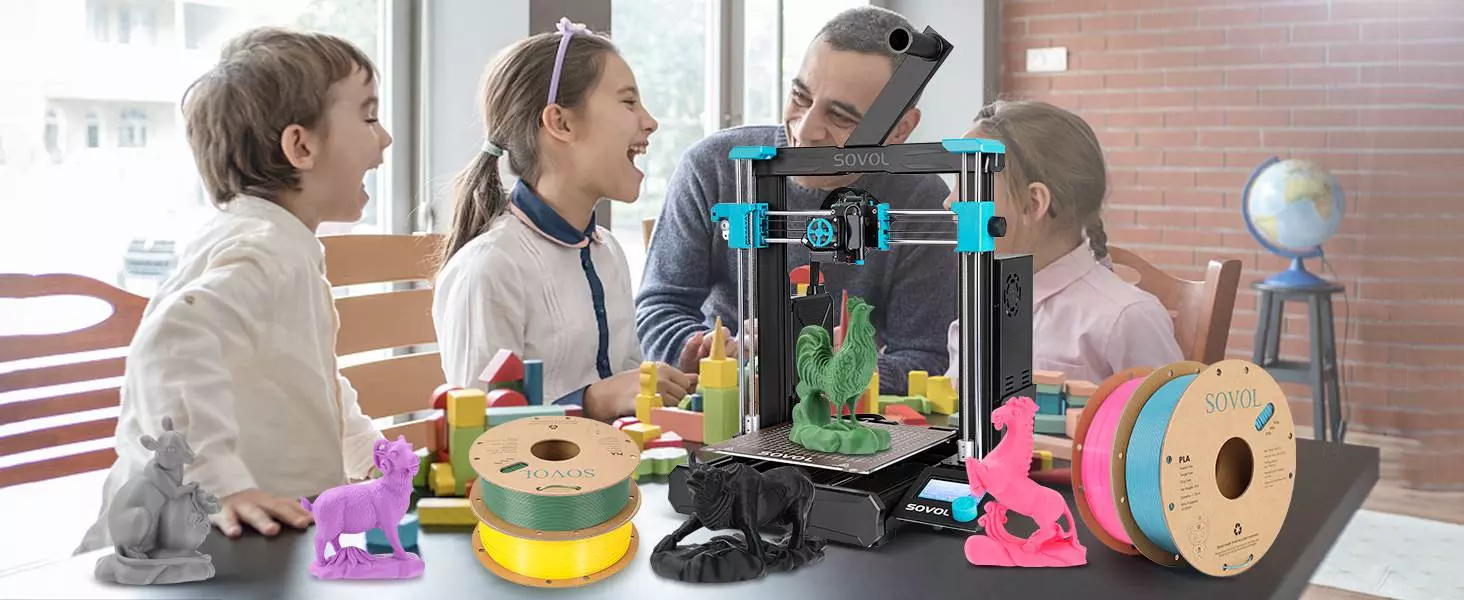What is 3D Printing?
3D printing or additive manufacturing is the construction of a three-dimensional object from a CAD model or a digital 3D model. It can be done in a variety of processes in which material is deposited, joined or solidified under computer control, with material being added together (such as plastics, liquids or powder grains being fused), typically layer by layer.
In the 1980s, 3D printing techniques were considered suitable only for the production of functional or aesthetic prototypes, and a more appropriate term for it at the time was rapid prototyping. As of 2019, the precision, repeatability, and material range of 3D printing have increased to the point that some 3D printing processes are considered viable as an industrial-production technology, whereby the term additive manufacturing can be used synonymously with 3D printing. One of the key advantages of 3D printing is the ability to produce very complex shapes or geometries that would be otherwise infeasible to construct by hand, including hollow parts or parts with internal truss structures to reduce weight. Fused deposition modeling (FDM), which uses a continuous filament of a thermoplastic material, is the most common 3D printing process in use as of 2020.

Benefits of 3D printing
Additive manufacturing or 3D printing has rapidly gained importance in the field of engineering due to its many benefits. Some of these benefits include enabling faster prototyping, reducing manufacturing costs, increasing product customization, and improving product quality.
Furthermore, the capabilities of 3D printing have extended beyond traditional manufacturing, with applications in renewable energy systems. 3D printing technology can be used to produce battery energy storage systems, which are essential for sustainable energy generation and distribution.
Another benefit of 3D printing is the technology's ability to produce complex geometries with high precision and accuracy. This is particularly relevant in the field of microwave engineering, where 3D printing can be used to produce components with unique properties that are difficult to achieve using traditional manufacturing methods.



(1)-ZI1.webp)



.webp)



